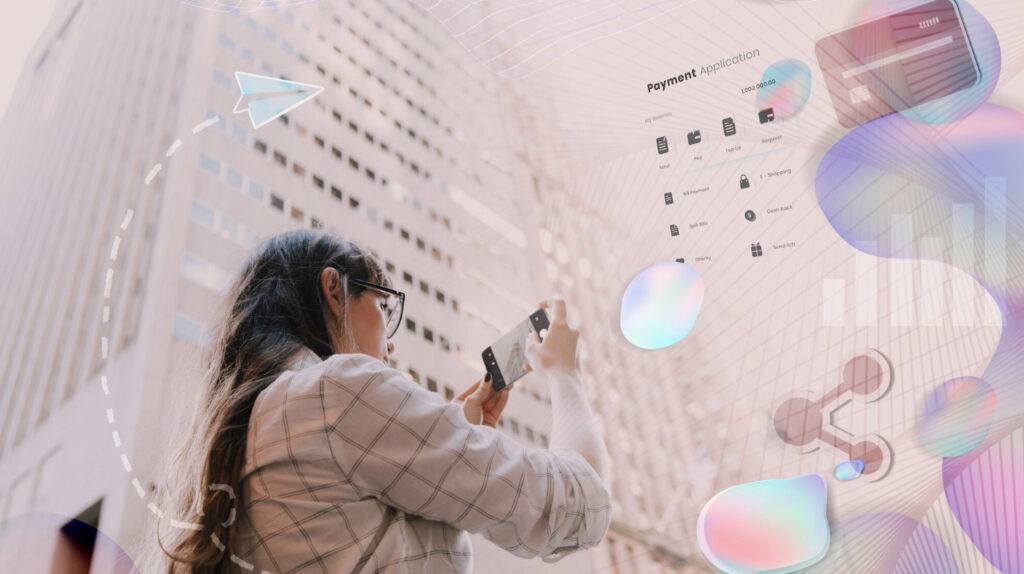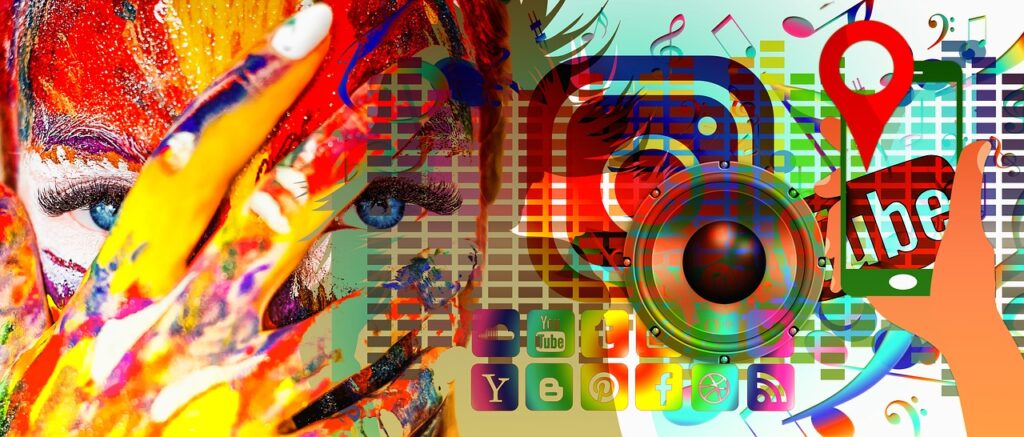Augmented Reality (AR) is reshaping the landscape of social media marketing. This innovative technology overlays digital information onto the real world, creating interactive and immersive experiences. As social media continues to evolve, AR offers marketers new ways to engage audiences and create memorable brand interactions. The integration of Augmented Reality in SMM has opened up a realm of possibilities for brands to captivate their followers and drive engagement like never before.
The Evolution of Augmented Reality in SMM
The journey of AR technology in social media began with simple filters and lenses. Platforms like Snapchat and Instagram introduced AR features that allowed users to add fun and engaging elements to their photos and videos. These early implementations laid the groundwork for more advanced AR applications. Today, AR technology has evolved significantly, enabling more complex interactions and realistic experiences. The introduction of AR development kits, like Apple’s ARKit and Google’s ARCore, has empowered developers to create sophisticated AR content that can be seamlessly integrated into social media platforms.
Benefits of Using AR in Social Media Marketing
AR offers numerous benefits for social media marketing. Firstly, it enhances user engagement by providing interactive and immersive experiences. Users are more likely to interact with content that feels personalized and engaging. Secondly, AR can help brands stand out in a crowded digital space. Unique AR experiences can create a buzz and attract more attention than traditional content. Additionally, AR provides valuable data and insights into user behavior. By analyzing how users interact with AR content, marketers can refine their strategies and improve their campaigns. Ultimately, AR has the potential to drive higher conversion rates and increase brand loyalty.
Current AR Tools and Platforms for Marketers
Several AR tools and platforms are available for social media marketers. Snapchat’s Lens Studio and Facebook’s Spark AR are two popular options that allow brands to create and publish AR effects. These platforms offer a range of features and templates that make it easy to design custom AR experiences. Additionally, Instagram’s AR effects can be accessed through its native camera, enabling brands to reach a large audience with minimal effort. Other notable tools include 8th Wall, which offers web-based AR solutions, and Blippar, a platform that specializes in AR advertising. These tools provide marketers with the resources they need to create engaging and effective AR campaigns.
Future Trends and Predictions for Augmented Reality in SMM
The future of AR in social media marketing is promising. As AR technology continues to advance, we can expect more sophisticated and immersive experiences. One trend to watch is the integration of AR with e-commerce. Brands can use AR to create virtual try-ons, allowing customers to see how products look on them before making a purchase. Another emerging trend is the use of AR in live streaming. This can enhance live events with interactive elements, making them more engaging for viewers. Furthermore, advancements in AI and machine learning will enable more personalized AR experiences. These trends indicate that AR will play a crucial role in the future of social media marketing.
Case Studies
Several brands have successfully leveraged AR in their social media marketing campaigns. For instance, Gucci’s AR shoe try-on feature on Snapchat allowed users to try different shoe styles virtually, leading to increased engagement and sales. Similarly, Pepsi’s “Unbelievable Bus Shelter” campaign used AR to create a surprising and memorable experience for commuters, generating significant social media buzz. Another notable example is IKEA’s AR app, which lets users visualize furniture in their homes. These case studies demonstrate the potential of AR to create impactful and successful marketing campaigns.
Challenges and Considerations
While AR offers exciting opportunities, there are also challenges to consider. One major challenge is the cost of developing high-quality AR content. Brands need to invest in skilled developers and advanced technology to create compelling AR experiences. Additionally, there are technical limitations to consider, such as device compatibility and performance issues. Ensuring that AR content works smoothly across different devices can be challenging. Privacy concerns are another important consideration. Brands must ensure that they handle user data responsibly and comply with privacy regulations. Despite these challenges, the potential benefits of AR in social media marketing make it a worthwhile investment.
Conclusion
In conclusion, augmented reality is set to revolutionize social media marketing. By offering immersive and interactive experiences, AR has the power to transform how brands engage with their audiences. As technology continues to evolve, we can expect even more innovative applications of AR in social media. Brands that embrace this technology early will be well-positioned to capture the attention and loyalty of their target audiences. The future of social media marketing is bright, and augmented reality will undoubtedly play a central role in shaping it.


